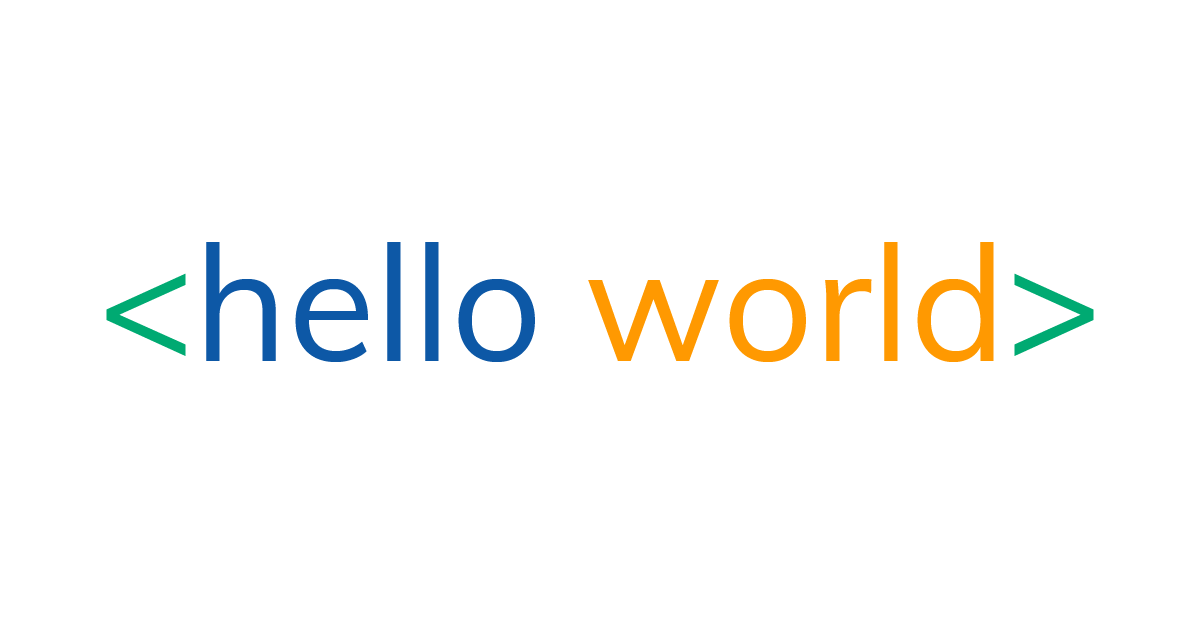IRA versus 401(k) – Which one first?
One of the questions we get all the time is whether to contribute to your IRA or your 401(k) first. The answer isn’t as straightforward as you might think, so here’s a little background on each account type and how you might think about it.
IRA Basics
IRA stands for individual retirement account. The IRA was created to be an account that anyone has access to as an individual or a family to save for retirement by investing in just about any type of security. IRAs come in two flavors: Traditional or Roth with the key difference being whether you pay taxes on your earnings when you make the contributions (Roth) or when you withdraw (Traditional).
For example, contributions made to a Traditional IRA can be deducted from your current income for a tax break in the year you contribute to the account. Earnings on that “pre-tax” contribution grow tax-free until you withdraw – hopefully once you reach retirement age. Roth IRAs work in a similar way except contributions are made with “post-tax” money (think money from your bank account) that you don’t deduct from your current income when you do your taxes at the end of the year. Because you’ve paid your taxes up front, you don’t pay any taxes when you withdraw after you’ve reached retirement age. If you withdraw before that, you’ll pay a 10% early withdrawal penalty.
There are contribution and income limits to how much you can contribute as well. These change each year, but in 2019, the contribution limits are $6,000 per person (plus an extra $1,000 if you’re over 50), and the income limits for Roth IRAs start at $122,000 if you’re single and $193,000 if you’re married and restrict you entirely at $137,000 if you’re single and $203,000 if you’re married.
401(k) Basics
401(k)s are like the big brother to IRAs. Everything above about IRAs applies to 401(k)s except that the contribution limit is higher ($19,000 plus an extra $6,000 if you’re over 50 in 2019), there are no income limits to either Traditional or Roth contributions, and employers can make contributions to the account as well.
There are three main things that set 401(k)s apart from IRAs. 1) They are only offered through employers, 2) investment options are limited by the employer, and 3) there are very strict rules regarding access to your money while you’re still employed. The first can be a benefit if the employer matches your savings – that’s free money that you should absolutely take advantage of. The second can be restrictive, but as long as the funds you have access to are low-cost, passive options, you’re probably ok. The third cuts both ways: it restricts savers from taking funds meant for retirement out of the account so more money ends up going to retirement, but it can be problematic if you have a genuine hardship.
How do you decide which to save into first?
For us at Farther, it comes down to three things: employer contributions, investment options, and fees.
If you have an employer that matches your contributions, investing up to the match should be your first choice for retirement savings. Otherwise, you’re leaving money on the table. If your employer doesn’t match, or if you’re saving beyond your match, we need to look at your investment options next.
401(k)s tend to have a fairly restricted set of investment options available. In good plans, this benefits most people by simplifying the choice of what to invest in and reducing the risk of accidental inappropriate selections. Not all plans are good plans though. Some only provide very expensive or poorly performing funds, and they may not provide exposure to all the assets you need to build a well-diversified portfolio. If your plan doesn’t have a wide array of index fund options or a low cost suite of target retirement funds, an IRA might be the better choice. That will come down to fees.
401(k)s are notorious for their hidden fees. While participants are supposed to receive fee disclosure each year, these are hard to parse through and often skipped over entirely (when did you read your last 404a fee disclosure?). If you don’t work at a large public company, odds are you’re paying quite a bit more for your 401(k) than you might expect. It’s not uncommon to see employees pay 1.00-1.50% of their assets each year to the recordkeeper, plan advisor, and auditor for medium sized plans, and small plan fees can be much higher. That’s $2,500-$3,750 for an account with $250,000 in it each year. On the other hand, IRA fees can vary quite a bit as well. Traditional financial advisors often charge 1.00-1.50% to manage IRA assets, while Farther only charges 0.40%.
If you’re not in an amazing, low-cost 401(k), an amazing low-cost IRA might be a better option. If that’s the case for you, get your match, max out your IRA contribution, and then start contributing to your 401(k) to make the most of your savings. And be sure you don’t leave your money in old, expensive 401(k)s once you leave your job either. Roll them over to your IRA whenever you change jobs.
Taylor
Founder @ FartherTaylor thinks everyone should have access to great personal finance tools to get a little farther.

Why we're here

Why cash management

Time in the market, not timing the market
Stay up to date
Get the latest updates from the farther team.
Your future self thanks you for taking a step towards a more secure future!